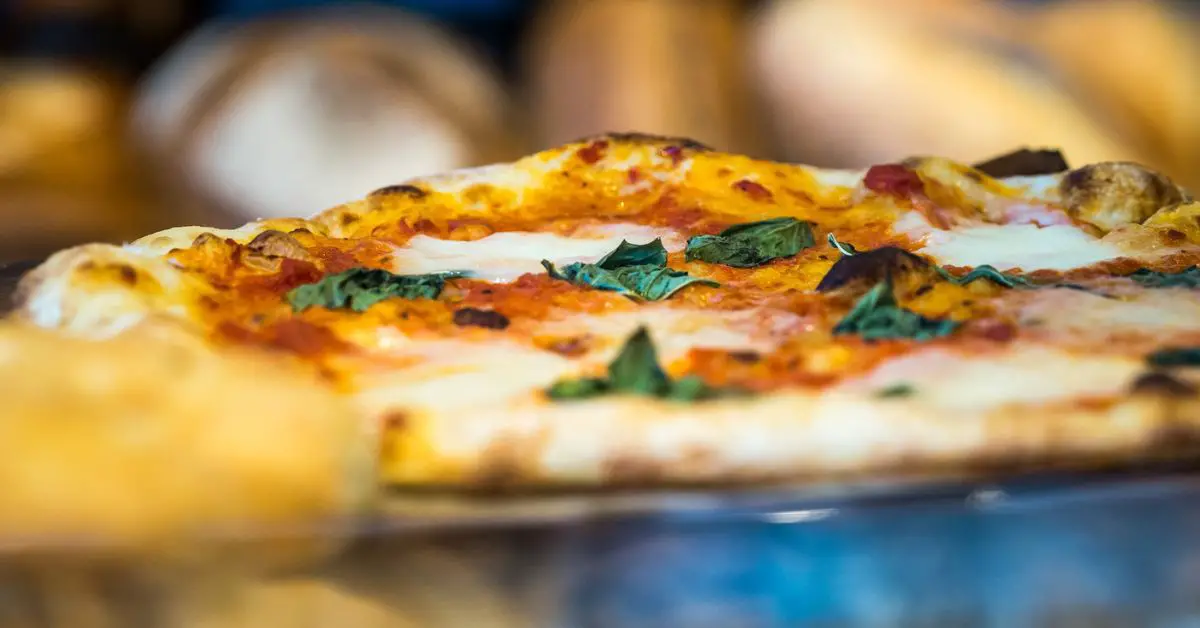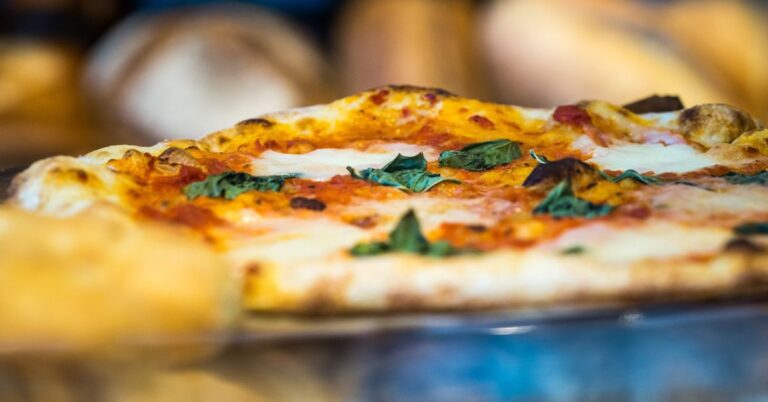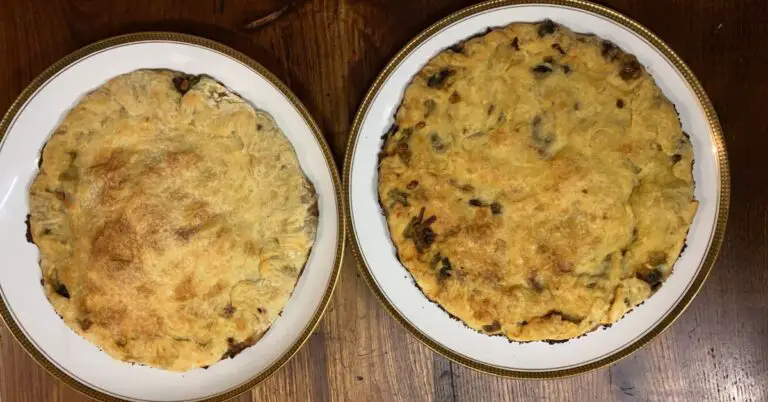Parmesan and pizza are Italian ambassadors in the world. The way they are prepared, the care with which the raw materials are chosen, the yield that – at the same conditions- is always different from the variants offered by other countries, makes these two protagonists of our table real icons of Italian cuisine. However, this combination of ideas could probably deceive you: if you are wondering if Italians put Parmesan cheese on pizza, the short answer is usually no, but it depends.
Or rather, there are some pizzas and focaccias that contemplate the use of this already basic seasoned hard cheese (I will list my favorite below), but it is really unlikely that an Italian customer would season his margherita with a sprinkling of Parmesan.
As usual, maybe it is better explaining everything in detail before you think that the question is too absurd or complicated (I already see you with a comic out of your head: “Italians, what’s wrong with you?”).
Margherita and Parmesan: an ancient bond that has been lost
The origins of pizza are lost in time and there are so many versions of it which, even today, are reported by scholars. The certain thing is that we are talking about a dish born in Naples in the nineteenth century, probably to celebrate the first Queen consort of Italy, Margherita di Savoia, wife of King Umberto I. Therefore, its name; its colors (cheese, tomato, basil), the Italian flag.
If margherita was the first pizza ever made, we have to say that many variations on the theme were created after its success. However, all respected the same style of cooking (strictly in a wood oven) and rested the foundations on an essential element: the dough, made only with high-quality ingredients and through natural leavening. Nowadays, Neapolitan pizza still follows this tradition. Its flavor brings to mind ancient times, but the same cannot be said of all the other Italian pizzas; and, if we leave Italian borders, the concept of pizza changes completely.
However, what has not remained of the ancient recipe in Naples is precisely the use of Parmesan.
Indeed, the first margherita seems to have been literally covered with grated Parmesan; while, the modern recipe includes stringy mozzarella which, in tastier and more expensive variants, can also be buffalo mozzarella (in this case, we call it bufalina).
It is not clear whether both cheeses stood out on the surface of the original margherita pizza but, in any case, the current version is more delicate and tastable, because the effect is just a voluptuous melt in the mouth right at the first bite. Unlike the many focaccias you see around, in fact, the pizza dough must be thin and soft, separated from the topping but ready to become a whole once you bite into the slice.
Anyway, real pizza must be eaten with your hands!
Pizzas with Parmesan, my favorite recipes
On the one hand, if no Italian would ever dream of sprinkling his margherita or marinara with Parmesan (and for the bravest ones, there are ancient pizzerias that still prepare the nineteenth-century recipe!); on the other hand, there are many truly tasty dishes that consider Parmesan among the main ingredients, especially parmesan flakes.
My absolute favorite pizza is with cherry tomatoes, rocket and parmesan flakes. I do not want to bore you by describing the varieties of tomatoes that exist in Italy because there are so many of them (we have tomatoes for salads, sauces, cooking, long, round, large, small, very small, etc. Maybe I will tell you about them another time); however, on this pizza, the only deputies to appear are the small ones, like the cherry tomatoes (which are particularly crunchy), or the oblong ones, like those of piennolo (a typical Neapolitan variety).
This type of pizza can be served both on a white base (therefore without tomato sauce) or on a red base, according to taste.
For the lovers of cured meats, the raw ham and parmesan flakes pizza is definitely worth trying, where only ham cut very thin of superior quality is used, just to avoid giving life to a dish that is too salty. During the (very short) cooking, the cheese and sausage come to bind and contaminate each other, but they must never melt completely so that each bite gives back to the commensal the specific taste of both ingredients.
An exception: Cossack pizza with grated cheese
If you have arrived to read this far, you deserve to know a tidbit that is unknown even to many Italians.
Do you know the story of the Cossacks, soldiers of an ancient Russian military community?
The history of Southern Italian is extremely rich in cultural contamination and stratifications: it seems that, in the mid-nineteenth century, Naples was visited by the Russian Tsar (the information is vague; it is known for sure whether it was Nicholas I or Nicholas II) and that, on that occasion, he was honored with a special pizza that, like what happened with Queen Margherita, spoke of him and his people: the Cossack pizza was born!
Forgotten for over a century, it has come back into vogue only in recent years, thanks to an Italian cooking TV program: it is a sort of fusion between margherita and marinara, where mozzarella is replaced by a mix of grated Parmesan and Pecorino; someone seasoned it with basil, someone else with oregano. The result is something that is very old-fashioned, differing precisely for the presence of the more aromatic and intense taste of Pecorino.
Only for those who love strong flavors!



![Do Italians really Soak Bread in Wine? [Also cookies]](https://whyitalians.com/wp-content/uploads/2022/08/dipping-bread-in-wine-768x402.jpg)



